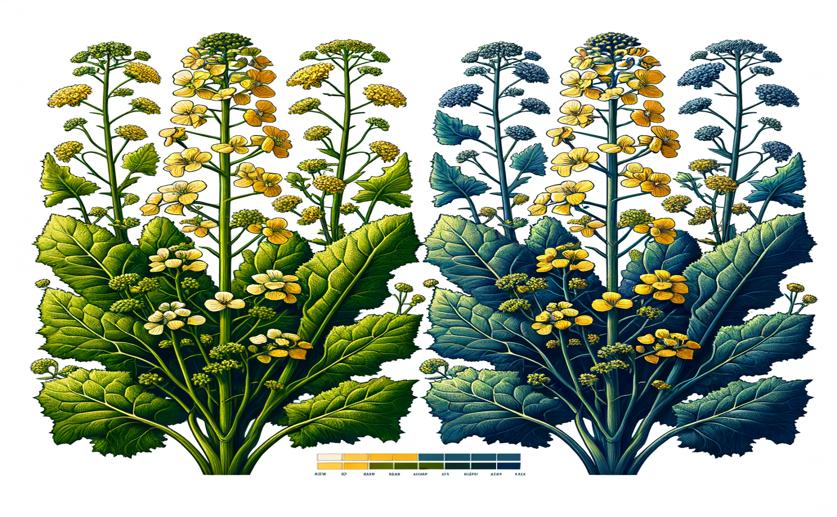
Comparing Nutrient Profiles in Different Parts of Two Mustard Plant Varieties
Greg Howard
28th August, 2024

Image Source: Natural Science News, 2024
Key Findings
- The study by Cairo University analyzed the nutrient metabolites in different organs of Indian mustard (B. juncea) and between two varieties, RH-725 and RH-761
- Monosaccharides were found in all organs except seeds, which were rich in disaccharides like sucrose
- The RH-725 variety's leaves had high levels of α-linolenic acid and malic acid, while RH-761 had only trace amounts of malic acid
References
Main Study
1) Comparative metabolome variation in Brassica juncea different organs from two varieties as analyzed using SPME and GCMS techniques coupled to chemometrics.
Published 27th August, 2024
https://doi.org/10.1038/s41598-024-69865-8
Related Studies
2) Comparative aroma and nutrients profiling in six edible versus nonedible cruciferous vegetables using MS based metabolomics.
3) Key Odorant Differences in Fragrant Brassica napus and Brassica juncea Oils Revealed by Gas Chromatography-Olfactometry, Odor Activity Values, and Aroma Recombination.
4) Hsp transcript induction is correlated with physiological changes under drought stress in Indian mustard.



 27th August, 2024 | Jim Crocker
27th August, 2024 | Jim Crocker